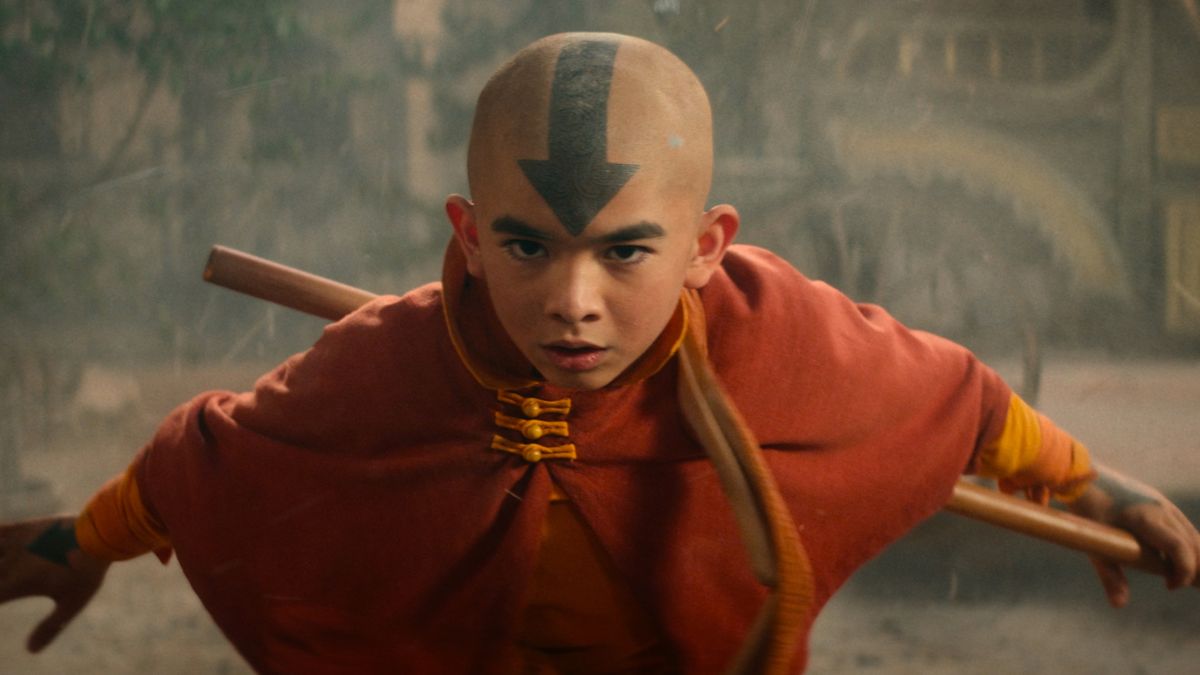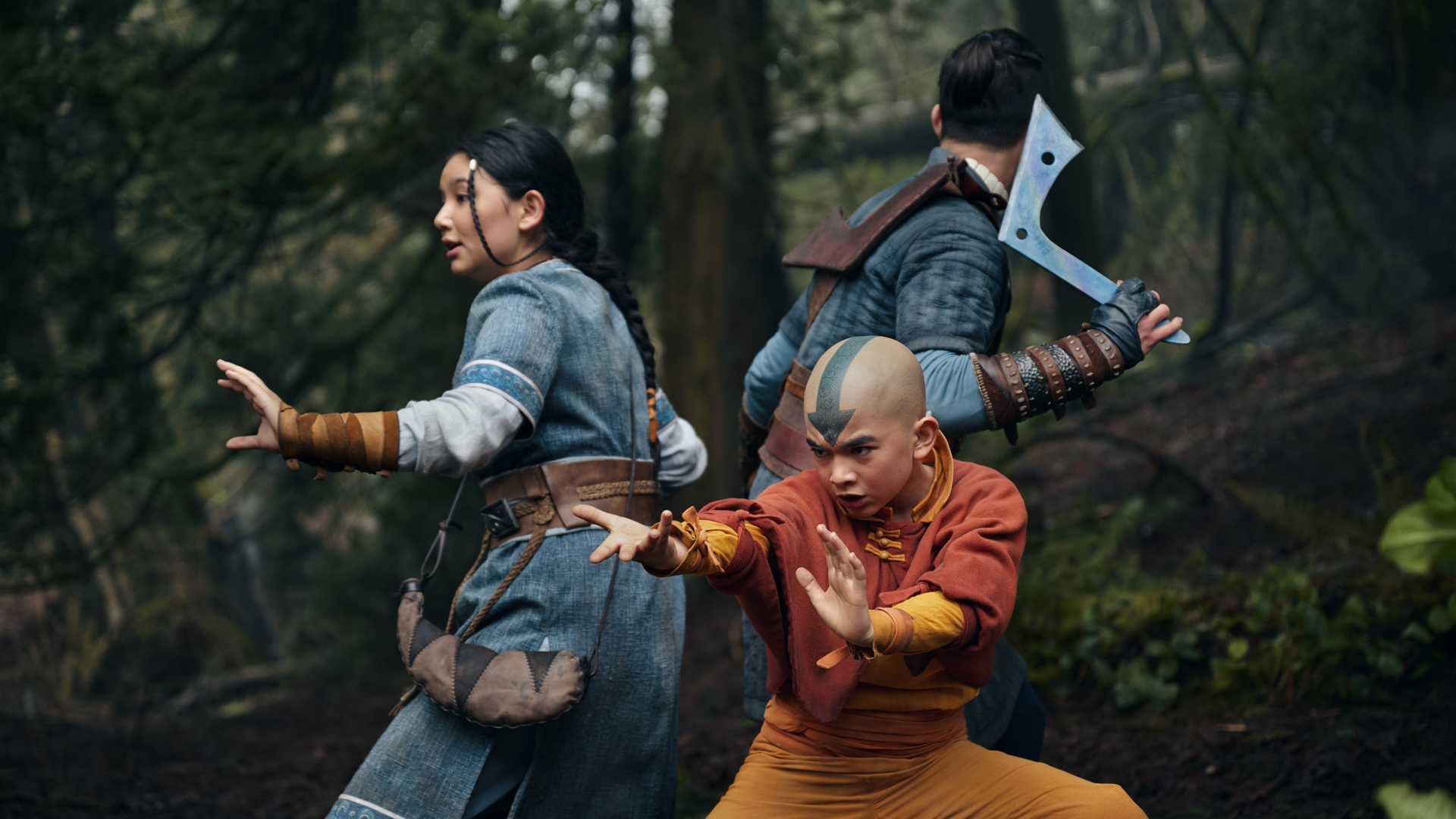Netflix’s live-action adaptation of the beloved animated series “Avatar: The Last Airbender” has been met with a mix of anticipation and skepticism. Fans of the original series, a rich tapestry of elemental bending, captivating characters, and intricate storylines, had high hopes. However, it seems that the streaming giant’s rendition has opted to tread a different path, particularly in its portrayal of elemental training, altering key motivations and character arcs in the process.

The Missing Waterbending Element in Avatar: The Last Airbender
In the original series, each season—termed a “Book”—focuses on Aang mastering a different element: Water, Earth, and Fire, in line with the Avatar cycle of reincarnation. This journey is both physical and deeply spiritual, underscoring themes of growth, discipline, and learning from diverse sources. Aang’s progression through these elements serves as the backbone of the narrative, showcasing his development from a reluctant hero to a master Avatar.
However, Netflix’s Avatar: The Last Airbender adaptation veers off this established path. Throughout the eight episodes of Season 1, Aang, portrayed by Gordon Cormier, does not perform water bending outside the Avatar State, not even as a nod in the season’s finale.
This omission is startling, given that the act of bending is not merely a display of power but a symbol of personal and spiritual growth. Katara (Kiawentiio), too, is affected by this change. Despite being gifted a scroll by Gran Gran (Casey Camp-Horinek) that could have served as a plot device for shared learning and bonding with Aang, the opportunity is inexplicably bypassed.
AVATAR: THE LAST AIRBENDER is currently number 1 show in 73 countries around the world! pic.twitter.com/NqSJ9Nkqw6
— Every Movie Plug 🎬 🔌 (@everymovieplug) February 24, 2024
Altered Motivations and Missed Opportunities
The narrative divergence extends to Aang’s motivations. Originally driven by the need to master all elements in sequence, the Netflix series instead propels Aang forward through a vision given by Avatar Kyoshi, depicting the Northern Water Tribe under attack. This shift not only sidelines the importance of elemental mastery but also simplifies the richly woven fabric of Aang’s quest into a straightforward reaction to an external threat, diminishing the character’s depth and the lore’s complexity.
Furthermore, Katara’s character arc is superficially enhanced with “girlboss” moments that, while empowering on the surface, lack the foundational support of rigorous training and growth. Encounters with Pakku and Prince Zuko (Dallas Liu) are reduced to quick exchanges meant to highlight her strength, yet they ring hollow without the backdrop of discipline and struggle that the original series championed.

A Reflection on Adaptation Choices
Netflix’s adaptation choices raise questions about the balance between staying true to source material and the desire to innovate. While adaptations can breathe new life into stories, they also risk alienating fans when core themes and character journeys are altered beyond recognition. The elemental bending in “Avatar: The Last Airbender” is more than spectacle; it is a metaphor for personal growth, balance, and the journey towards self-mastery. By sidelining these aspects, the live-action series misses a vital opportunity to resonate with both new viewers and longtime fans.
The decision to skip significant portions of the storyline, especially the detailed exploration of waterbending, not only detracts from the narrative’s richness but also from the characters’ relatability. Aang’s journey from an evasive child to a responsible Avatar, grounded in the learning of each element, is central to his character development. Similarly, Katara’s transition from a self-taught bender to a master underscores themes of perseverance, innovation, and breaking from tradition.
Netflix’s “Avatar: The Last Airbender” presents a curious case of adaptation, where the essence of the original story is diluted in favor of a streamlined narrative. While adaptations must evolve to find their audience, they also carry the responsibility of honoring the source material’s heart and soul. As the live-action series progresses, one hopes for a rekindling of the original’s spirit, celebrating the journey of learning, growth, and the elemental magic that captivated fans around the world.









